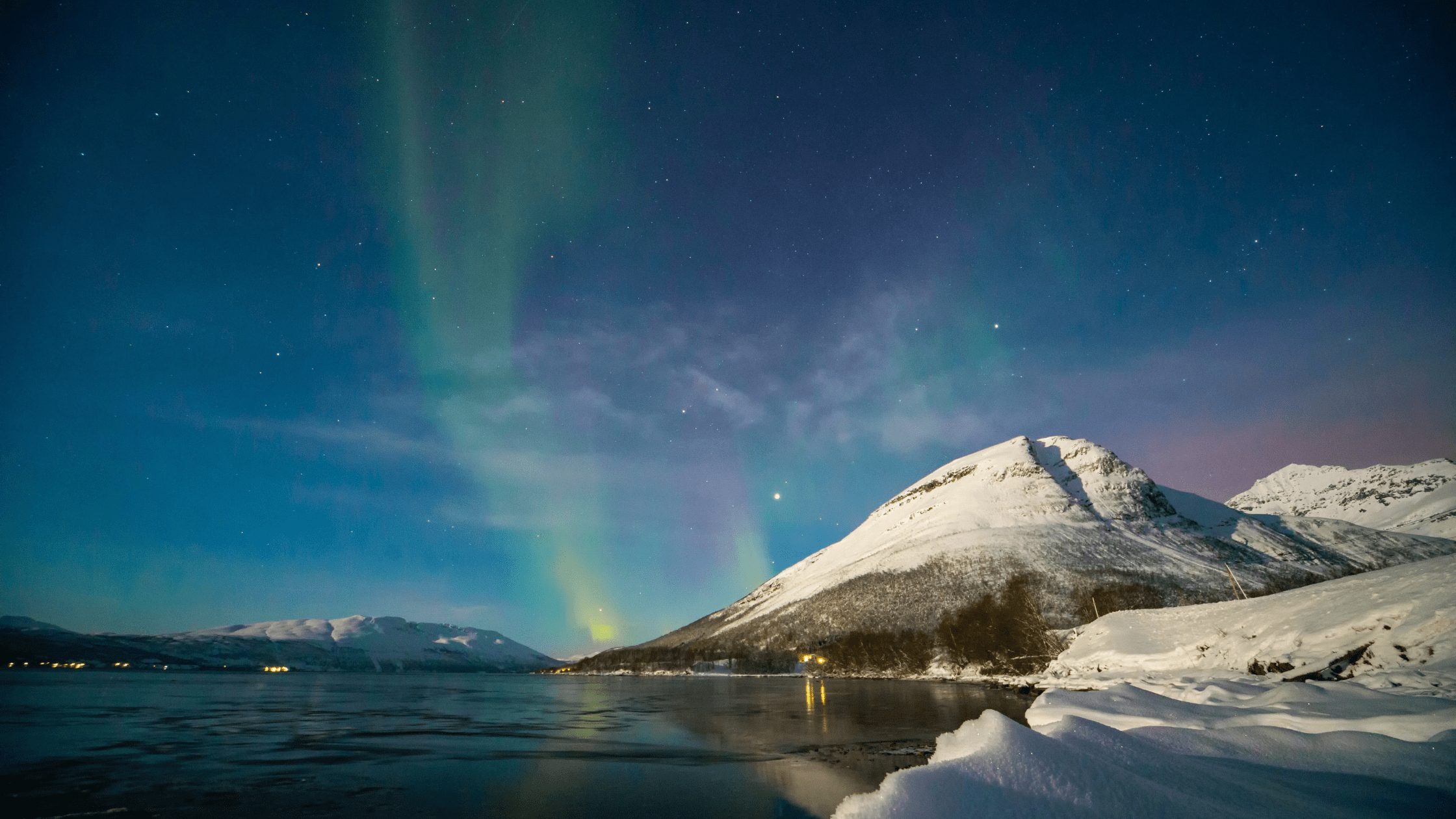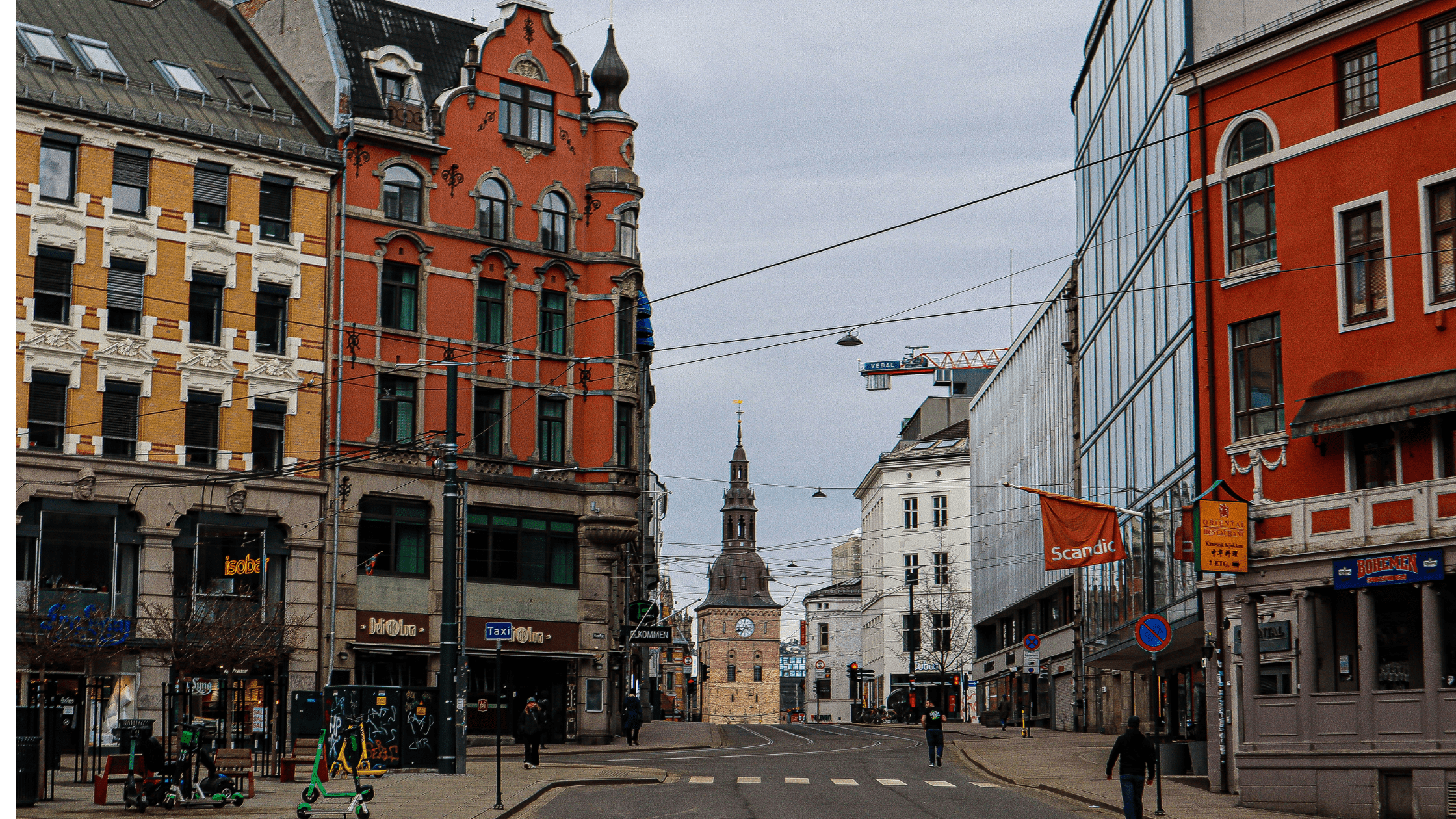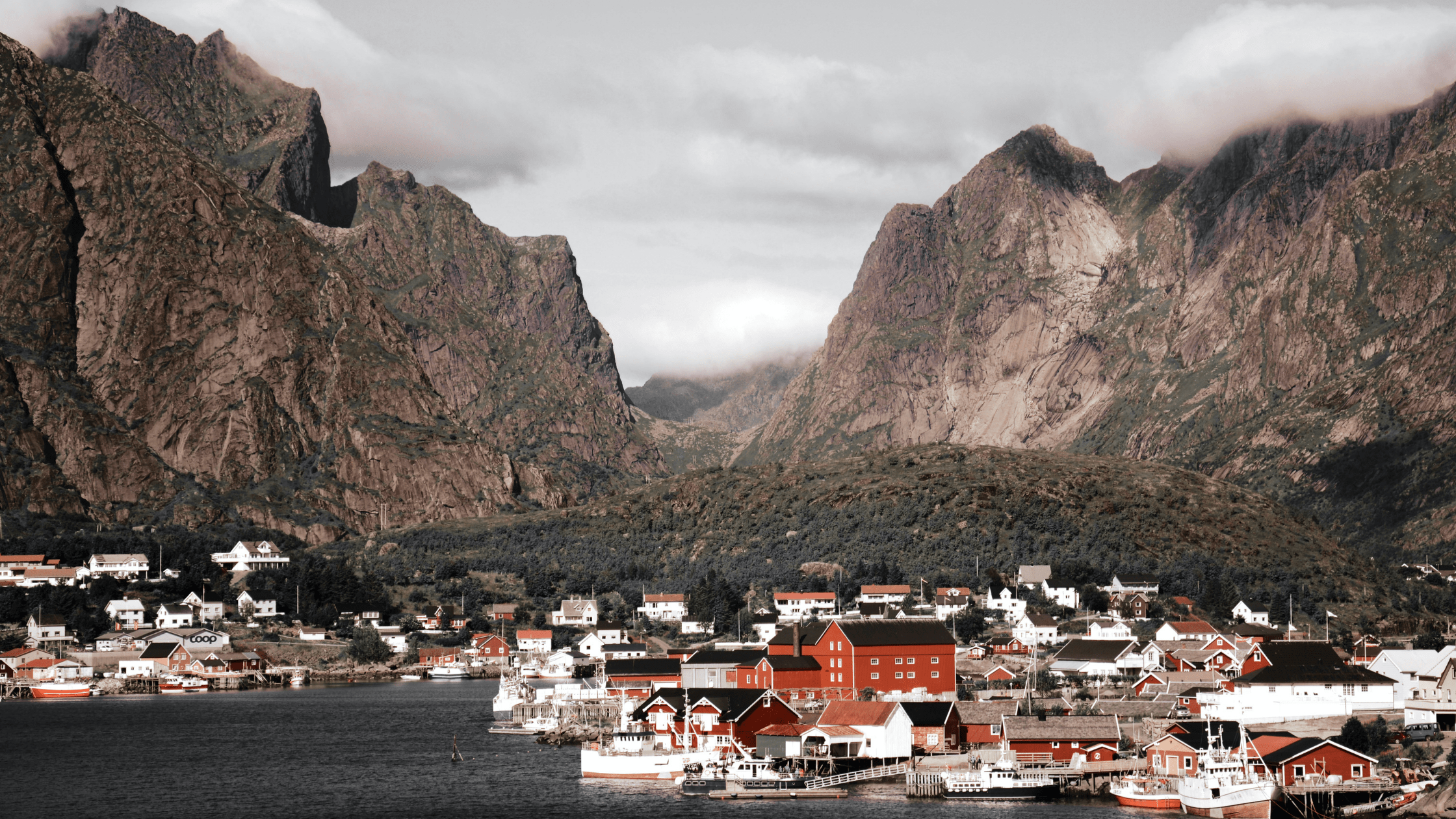General Information
| POPULATION | 5.328 million |
| LANGUAGE | Norwegian |
| CAPITAL | Oslo |
| CURRENCY | Norwegian Krone |
Fun Facts
- Galdhpiggen, Norway’s highest point, rises 2469 metres above sea level.
- The world’s longest road tunnel is in Norway
- Norway has the northern most point in Europe called North Cape
- Norway has the most Fjords in the world
- The world’s most remote island is a Norwegian territory
Norway
Norway lies along the western coast of Scandinavia. It is a long country, narrow in its northern half and only 80km wide at one point. Despite its northern location, Norway’s lengthy coastline is kept free of ice by the warm Gulf Stream. Most of the country is mountainous, the spectacular landscape containing thousands of lakes and offshore islands. Many people work in industry, including offshore oil and gas production, shipbuilding, and mining. Fishing, forestry, and agriculture employ only about 5% of the total workforce. Norway borders Sweden, Finland and Russia all to the north-east.
Ethnicity
There are 5.328 million people living in Norway
- 83% Norwegian
- 8% European Other
- 9% Other

Economy
Norway has a stable economy with a thriving private sector, a sizeable public sector, and a comprehensive social safety net. Norway voted to leave the EU in a referendum in November 1994. Norway, on the other hand, as a member of the European Economic Area, participates in the EU’s single market and contributes significantly to the EU budget. Natural resources such as oil and gas, fish, woods, and minerals abound in the region. Norway is a major producer and, after China, the world’s second largest exporters of seafood. The Norwegian economy is heavily reliant on the fortunes of its vital petroleum industry.
Food
Norwegian Cuisine is delicious. Norwegian people make a big deal out of Christmas with a large feast and pastries to finish. Norway is one of the top food imports around the world. Pickled herring is one of many delicacies along with Tørrfisk (air dried cod) and other seasonal fish. Norwegian people do eat reindeer and it can also be found on restaurant menus. Norway is said to eat dinner the earliest in the world at around 4:00-5:30. The most common spirit is Aquavit made from grains and potatoes.
Some traditional dishes can include:
-Sodd (Potatoes, mutton, carrots and broth)
-Fårikål (Mutton and cabbage stew)
–Pinnekjøtt (Lamb)
–Lefse (Norwegian Flatbread)
-Surkål (Side dish)
Places
Norway has some stunning scenic sights to see. Norway owns 55,000 islands one of which is Svalbard located in the North Arctic Ocean. Svalbard is home to the world seed bank. 33% of Norway is forested and Norway is the perfect destination for people who like adventuring and being in the wilderness although it also has some amazing cities. Most of the arable land in Norway is intensively cultivated.
Some cities to visit in Norway are:
- Oslo, Modern art hub and capital
- Bergen, museums, fjords and history
- Tromsø, Northern lights and wooden homes
Some places to visit are:
- Lofoten Islands
- Geirangerfjord
- Viking Ship Museum, Oslo
- Preikestolen, Rogaland
- Vigeland Sculpture Park, Oslo
History
Before the vikings were in Norway there were the Sami people who are native and 80,000 still exist today. After the viking age in Circa 900 Norway was unified into one kingdom. In 1536 Norway becomes a dependency of Denmark. In 1913 women made a break through and started to get recognised and play greater roles in society. World War 1 was neutral for Norway but in World War 2 Germany attacked Norway’s ports. In 1949 Norway was one of the 12 founding members of NATO.




Language Basics
| English | Norwegian |
| Hello | Hallo |
| Goodbye | Ha det |
| Yes | Ja |
| No | Nei |
| Good Morning | God morgen |
| Good Afternoon | God ettermiddag |
| Please | Vær så snill |
| Thank You | Takk skal du ha |
| Excuse Me | Unnskyld meg |
Published on the 28th of April 2021
